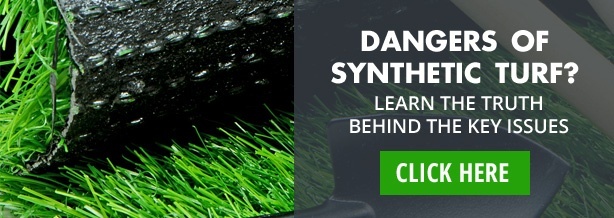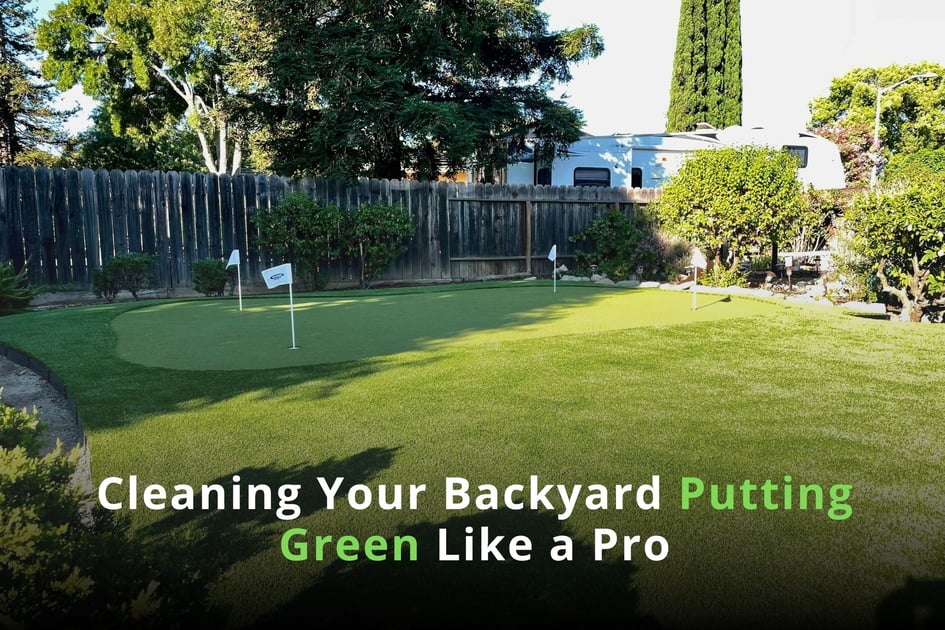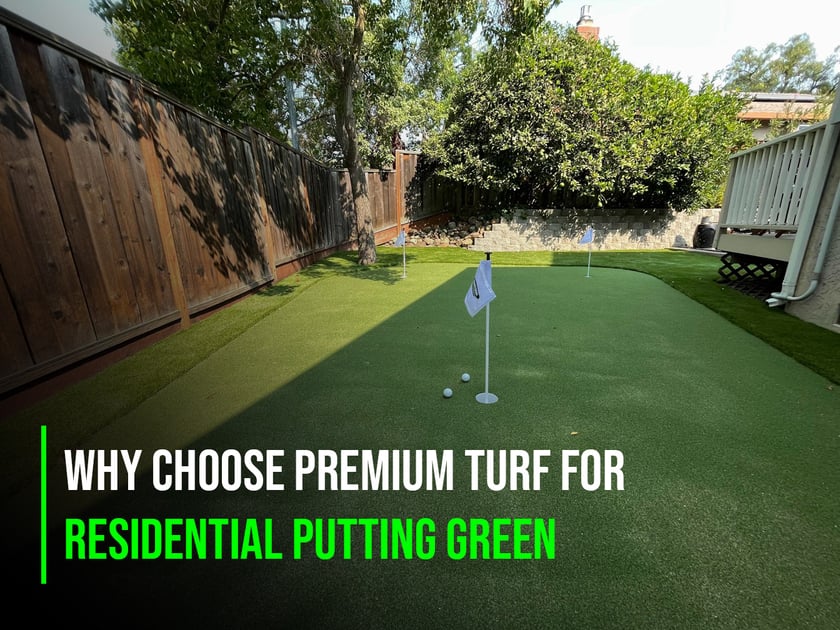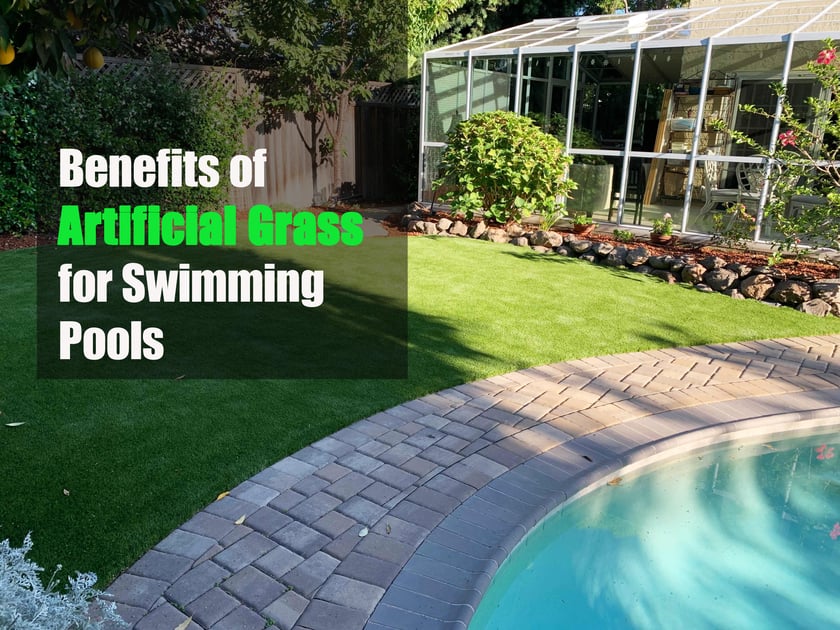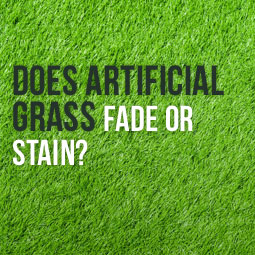 There are so many advantages to artificial grass. It’s easy to understand why homeowners, commercial property owners, and even municipalities have made the switch. But fake grass is a synthetic product, so you may be wondering whether it will stain or fade.
There are so many advantages to artificial grass. It’s easy to understand why homeowners, commercial property owners, and even municipalities have made the switch. But fake grass is a synthetic product, so you may be wondering whether it will stain or fade.
Our Heavenly Greens artificial grass products will not lose their lustrous green color or degrade over time. And they won’t stain, either. In fact, we’ve tried spilling everything we can think of on our artificial grass products, and we have yet to produce a stain.
How is this possible? Advanced technology.
UV Stabilizers Prevent Fading
Prolonged exposure to the sun’s ultraviolet light can cause loss of color in many products, both natural and synthetic. To guard against this, most artificial grass is manufactured with UV stabilizers built right into the material before it is formed into blades. The UV stabilizers are part of the product, not something that can be washed off or worn off. Even so, artificial grass does experience very slight fading
over time – typically less than 8% color reduction in 10 years.
Modern Chemistry Fends Off Stains, Too
The made-made matrix that forms artificial grass is strong and durable in many ways. Aside from resistance to fading, it won’t rip or tear. It is also specially formulated to resist stains, because the grass will not absorb anything spilled on it.
You Can Help Your Grass Look Its Best
Synthetic turf is formulated and constructed to perform beautifully for many years, without fading or staining. But there are a few steps you can take to make the most of those benefits:
- Read and follow the manufacturer’s recommendations for proper maintenance. Fake grass doesn’t require much, but a few simple tasks will keep your lawn in tip-top condition.
- During lengthy periods of dry weather, give your lawn an occasional rinse with the hose to keep dust and dirt from building up. (Water conservation is always important. If drought conditions recur, you can forego rinsing your grass, or do it less often.)
- Remove fallen leaves, twigs, and other natural or man-made debris (including any pet deposits) as soon as possible, to reduce the chance something might damage your grass. Pick up larger pieces by hand, and use a leaf blower to remove lightweight material.
- If you have added lawn ornaments to your landscaping, periodically move them around. That will help the blades and underlying matrix from becoming squashed or damaged.
- Over the years, time and weather can cause artificial grass to break down slightly. To help your lawn remain stain-free, manufacturers offer stain-retardant products you can apply to your grass.
Never say never
As we’ve noted, manufacturers of most artificial grass products incorporate specific chemicals and compounds into the turf matrix to provide maximum protection against fading and stains. Nonetheless, there are a few things that will damage your faux grass no matter how careful you are.
For example, battery acid and other caustic chemicals will destroy anything they come in contact with. Also, certain petroleum-based chemicals and compounds can damage your synthetic turf – both the blades and the underlying fabric. Ultimately, a good rule of thumb is, if something can stain or damage your clothing, it is capable of staining the fabric from which your artificial grass is made. So it’s a good idea to keep products like these well away from your faux lawn.
Now that you know artificial grass is extremely unlikely to fade or stain, we’re guessing you probably have other detail questions. Our FAQs page has lots of answers.



